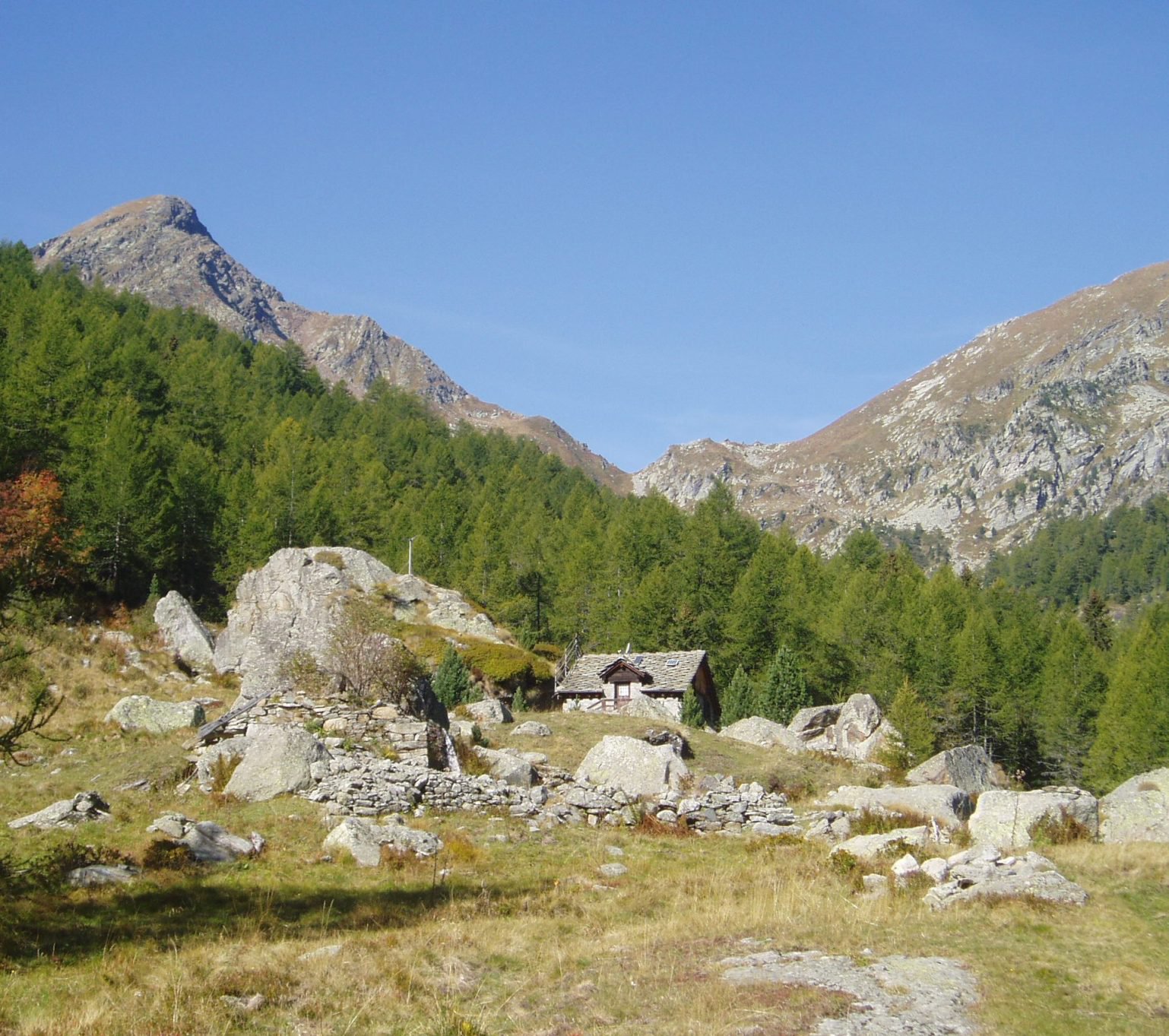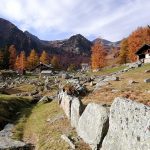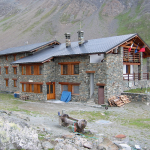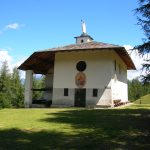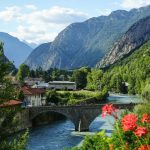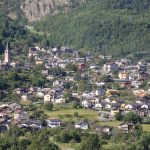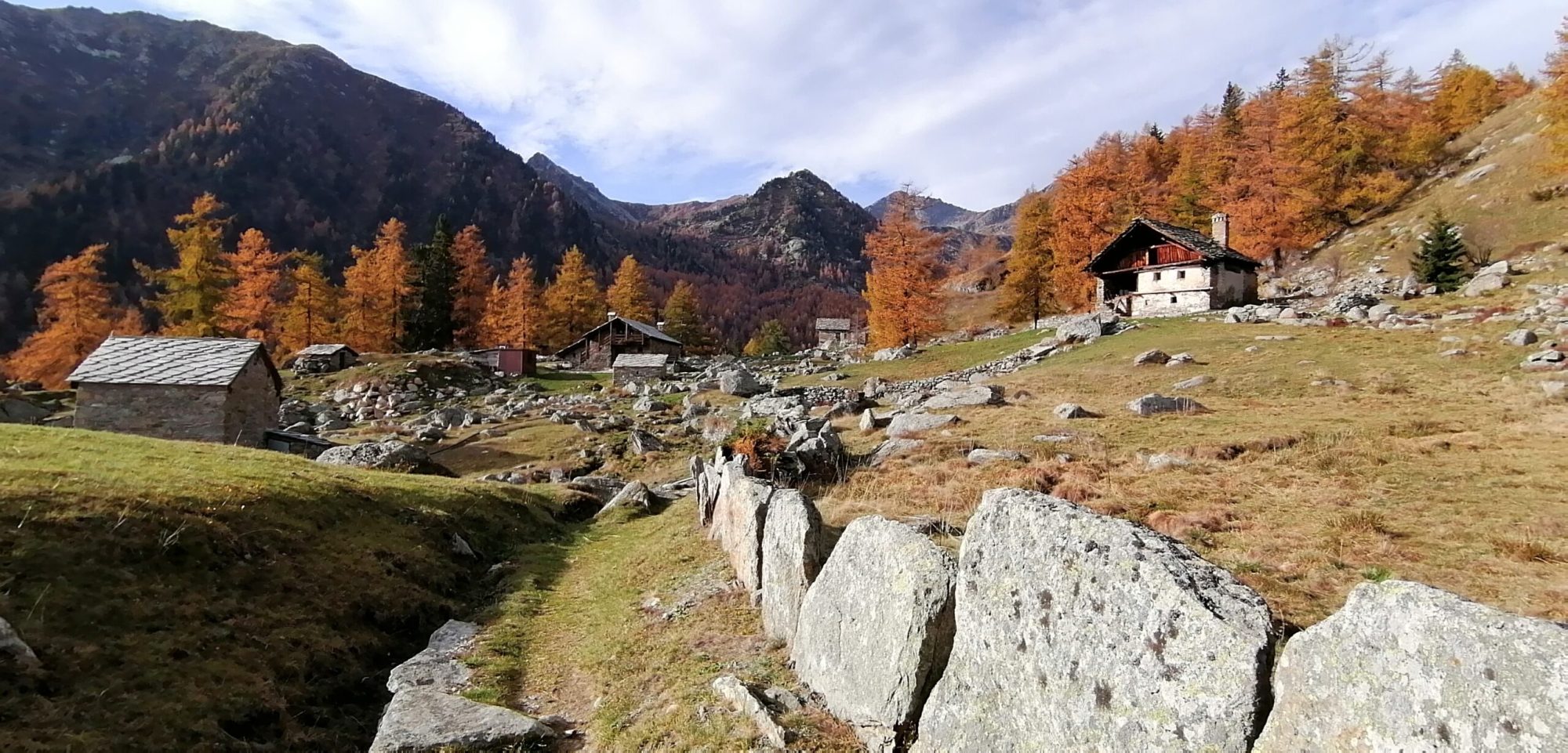
Charvensod Loop Vallone di San Grato
The San Grato valley is located in Issime, in the middle Lys Valley, and was populated by Walsers during the late Middle Ages. It was originally divided into three areas: Issime Plaine, the present-day chief town; Tiers desseus, which is now the municipality of Gaby; and the Montagne, which included the San Grato gorge. Very old and diverse dwellings can still be found in the valley. Some, made of wood, date back to the 15th century and evoke the houses of the Grisons. Then there are the typical stadel, also made of wood and attributable to the Walser people. These are joined by houses made entirely of stone, built in a later period. Dominating the valley are fields and meadows still used today as pastures. The loop trail passes through San Grato, allowing you to see its peculiarities and different rural architectural styles.
Course description:
From the center of Issime, one must walk along the road of the Vallone di San Grato, to park at the point where it becomes unpaved (although the available space is not very large). From here, continue on foot for a little less than 400 meters, to reach the entrance of path number 1, which immediately climbs into a forest, and comes out over some clearings and pastures, to reach the chapel of San Grato.



Loop Vallone di San Grato The History
The Walsers and the Great Trail
The Walsers are an ancient German-speaking population originally from Switzerland who colonized the Alps during the Middle Ages, settling in the Lys Valley and upper Ayas Valley in the 13th century.
The main motivation for their migration was the search for new land to cultivate, as the areas of origin were overpopulated and the land insufficient for their needs.
In addition, the political instability of the time, with frequent wars and conflicts between city-states and principalities, led many communities to seek safer and more stable places to live.
Walser culture and traditions have remained intact over time and, thanks in part to trade relations with the countries of origin, Walser dialects are still spoken in the valley.
In particular, Töitschu is spoken in the Issime area, and Titsch in Gressoney.
In addition to the language, the Walsers have left signs of their architecture.
All along the valley one can admire the typical stadel buildings and constructions: rural buildings used for the storage of hay and straw, and often also used as cattle sheds.
These are wooden buildings with a supporting structure of beams and pillars, and a sloping roof of thatch or wooden shingles.
Today many have been renovated and are used as homes.
To be immersed in Walser culture and architecture, you can visit the ancient village Alpenzù in Gressoney-Saint-Jean, which, at 1788 meters above sea level, also offers breathtaking views of Monte Rosa and the valleys below.
It is also possible to follow in the footsteps of these people via the many trails that lead to the discovery of their culture.
The Great Walser Trail, for example, is a path that winds its way through the Lys Valley, Val d'Ayas, and Valtournenche, and follows the traditional communication routes used by the Walsers to travel between the Alps.
The entire route covers more than 200 kilometers and is divided into 15 stages, each of which gives a different walking experience.
It is marked on the trail marker by the letters GSW.
Several panels scattered along the route help to recognize the traces of the Walsers and reconstruct their history.
There are numerous local guides who provide information, assistance and accompany travelers along the way.
Gressoney-La-Trinité is also home to the eco-museum, which allows visitors to visit three Walser structures: the rural house, the museum house and the Binò Alpelté hut.
It is therefore a must to delve into the history and customs of this people, whose fascinating culture leaves a tangible wake throughout the valley.

